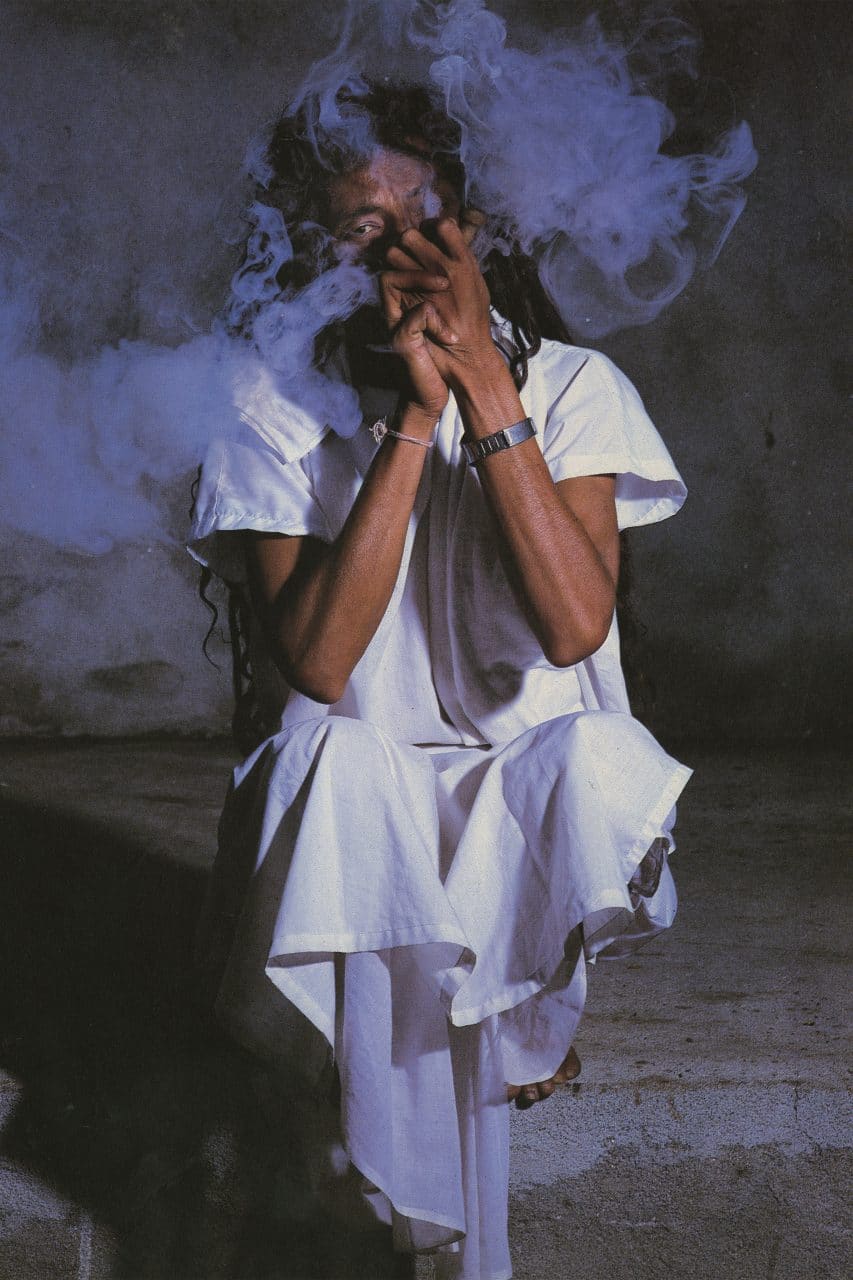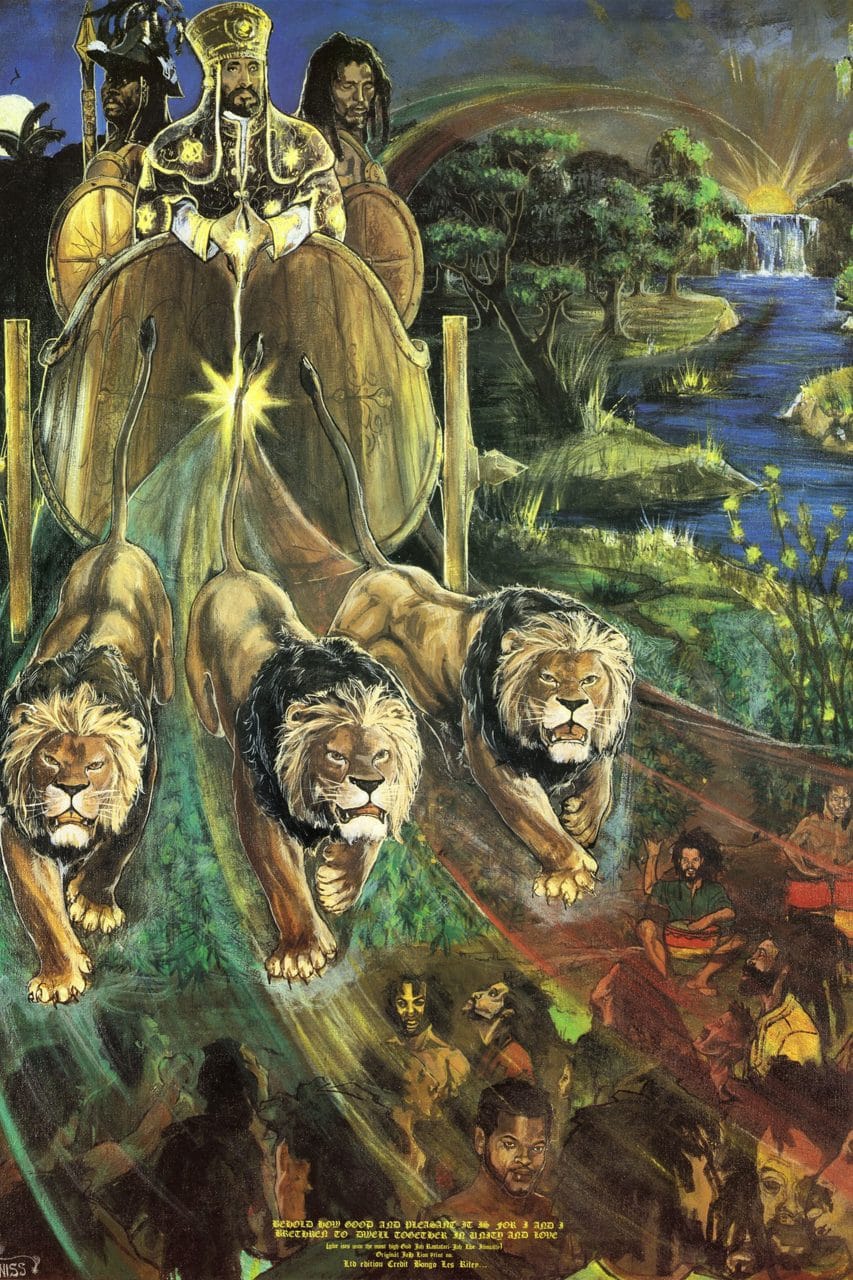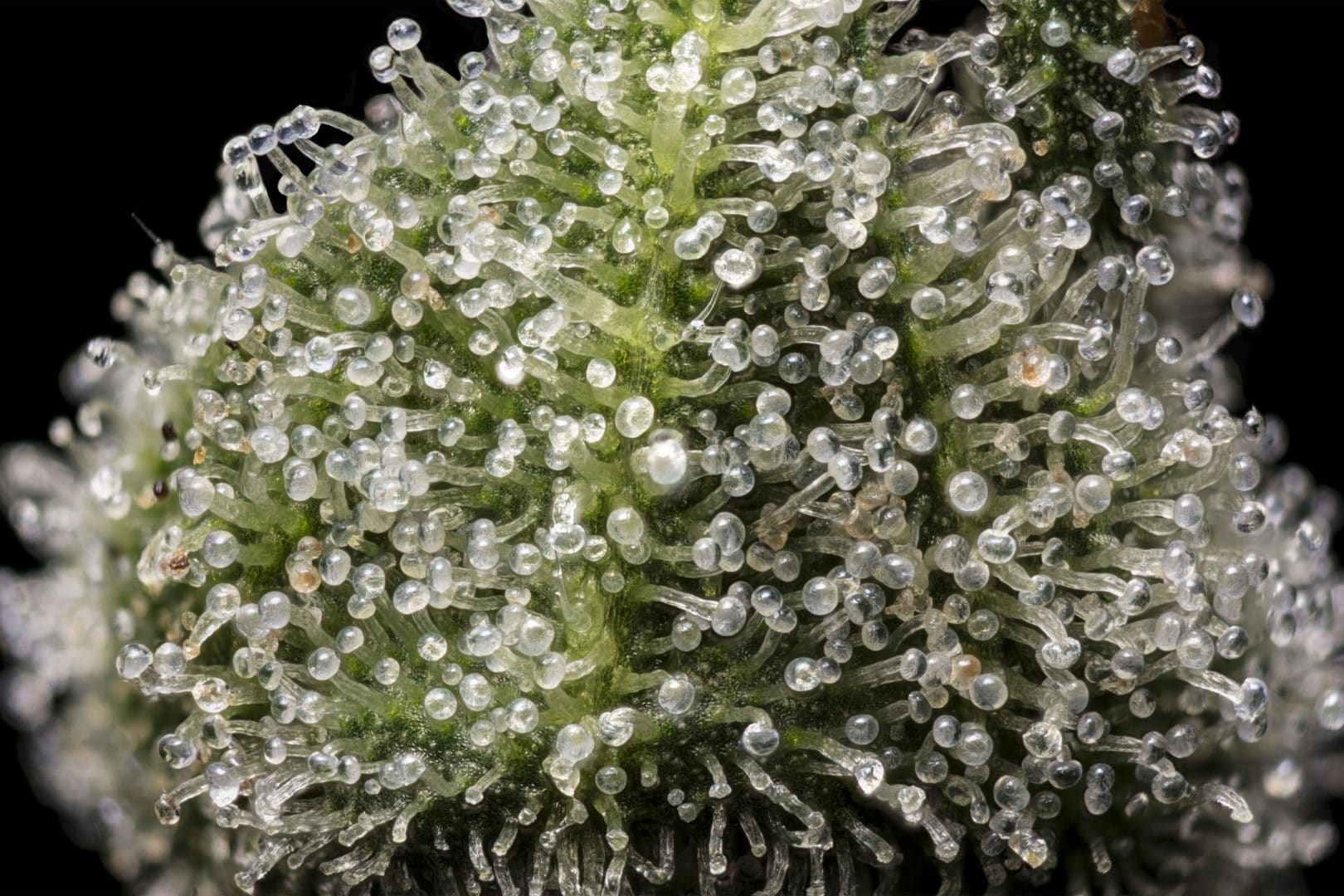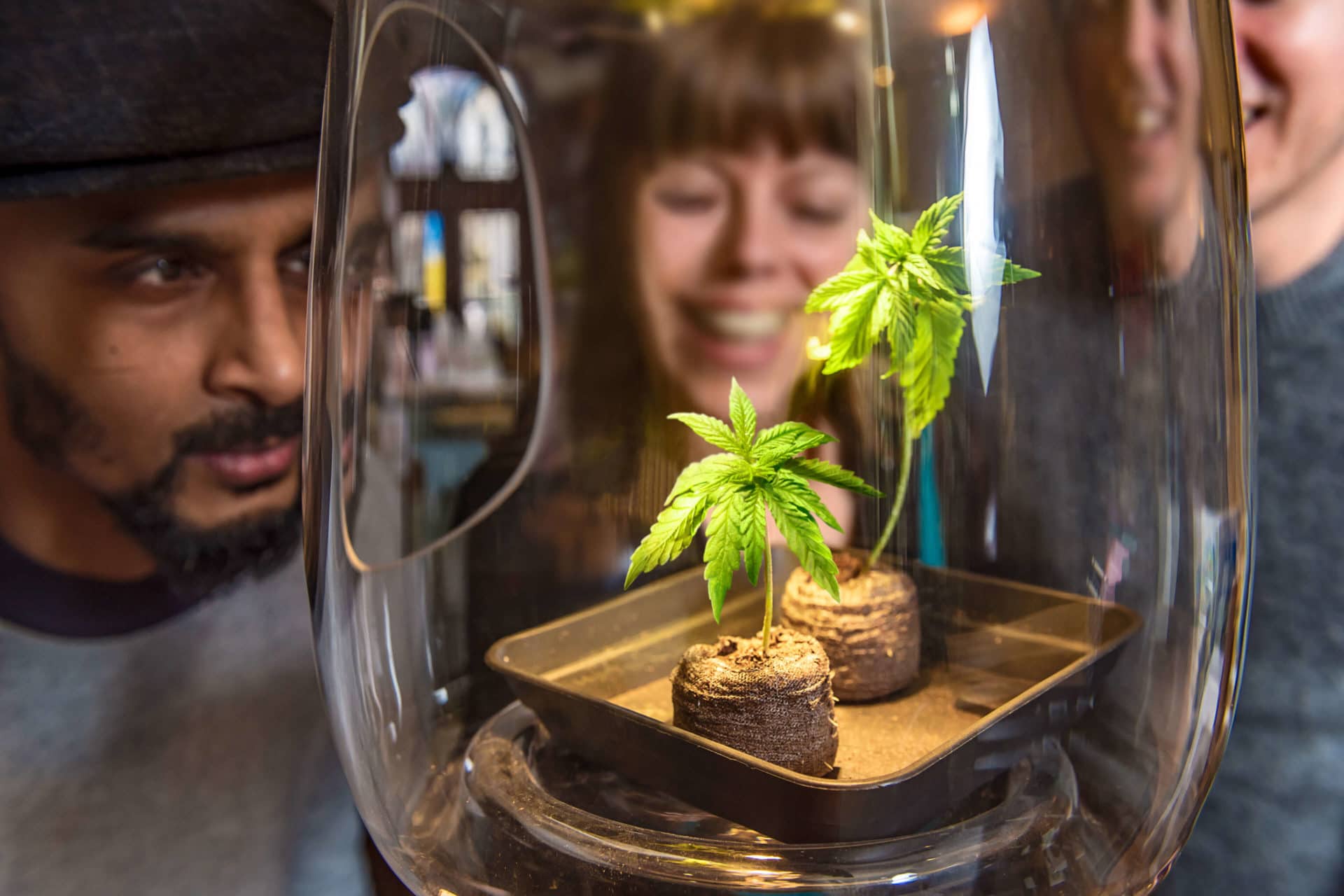
The recreational use of cannabis
Cannabis is massively popular as a recreational drug. Across the globe, people – alone or in groups – enjoy joints, pipes, bongs and hookahs packed with hash or marijuana.

Cannabis was (and is) a sacred plant for many people and has historically been used in religious ceremonies in many cultures.

After M. Gabriel Ferrier, Smoking Kiff, 19th century. Engraving.


Cannabis is one of the most important plants to be regarded as sacred by humankind. When the plant is used in religious ceremonies and practices, or when it is regarded as sacred or significant by a particular religion, it is defined as sacramental.
It is probable that the connection between cannabis and religion began with its use as ceremonial incense along with other naturally pungent herbs. When thrown upon a fire or smouldering coals, clouds of smoke rich in the active ingredient THC would be released to be inhaled by those present. The enhanced perception of colours, sounds, and the passage of time would all have underlined the belief that they were in touch with their deity.
There is a famous report by the Greek historian Herodotus, written around 440 BCE, about ancient funeral rites practised by the Scythians, a nomadic people from central Asia. They would sit in closed tents where cannabis seeds were thrown onto hot stones to smoulder. It is highly probable that the seeds still carried enough pollen-bearing plant matter to give a psychoactive element to the smoke, as Herodotus writes that inhaling the fumes causes them to “shout for joy”.
This is by no means the earliest evidence of sacramental use of cannabis. In western China, in the grave of a shaman dated to 2700 BCE, the flowers of a psychoactive strain of cannabis were found along with seeds, stems and leaves. The flowers and seeds, weighing a total of 789 grams, had been placed in a basket and a bowl which were laid beside the head and feet of the shaman. Interestingly, there is no evidence that his people – the ancient culture of the Turpan Basin – used cannabis for food, seed oil, or fibre; its presence in his tomb clearly points to sacramental purposes.
The use of cannabis a religious sacrament predates written history and evidence of its place as a sacred plant can be found in most ancient religions, including Buddhism, Shintoism, Sufism and Christianity; and among the Bantu, Pygmy, Zulu and Hottentot tribes of Africa. Several modern religions still practice the ceremonial consumption of psychoactive cannabis, for example Rastafari, while others consider it holy due to its many other properties, revering it as a symbol of strength, purity or wellness.
There are obvious reasons for this widespread use as a religious intoxicant. Cannabis grows easily and abundantly in almost every climate and is active in its natural form, requiring no processing other than heating to harness its mood-altering qualities. Most importantly, it inspires contemplation instead of mere intoxication.
Many contemporary cannabis users recount feelings of ‘oneness with God’, ‘peace and tranquility’, ‘reduced anxiety’, ‘a greater understanding of life’ and a ‘greater appreciation of music and art’, showing that although the shared religious frameworks surrounding its use may have fallen away or altered almost beyond recognition, the positive transcendental effects remain the same on an individual scale.

You might also be interested in these topics

Cannabis is massively popular as a recreational drug. Across the globe, people – alone or in groups – enjoy joints, pipes, bongs and hookahs packed with hash or marijuana.

What is the effect of THC, cannabidiol and cannabinol on the human body? Read more about cannabinoids and the endocannabinoid system.

Cannabis has a long history as an aid or complement to inspiration in art, philosophy, music and most other kinds of creative human endeavour.

Our unique collection is on display in two locations: a canal house in downtown Amsterdam and a Modernista palace in Barcelona.
Buy your ticket Plan your visit
Sign up to get the latest news about the museum, upcoming exhibitions and events.
Oudezijds Achterburgwal 148
+31 (0)20-6248926
amsterdam@hashmuseum.com
Monday to Thursday: 12:00 – 20:00
Friday to Sunday: 10:00 - 22:00
More information
Carrer Ample 35
+34 93 319 75 39
barcelona@hashmuseum.com
Every day: 11:00 – 20:00
More information
© 1987 - 2025 Hash Marihuana & Hemp Museum. All Rights Reserved. CSS Status 404